Affiliate links on Android Authority may earn us a commission. Learn more.
Best 5G phones at any budget in 2023: Samsung, Apple, Google, and more

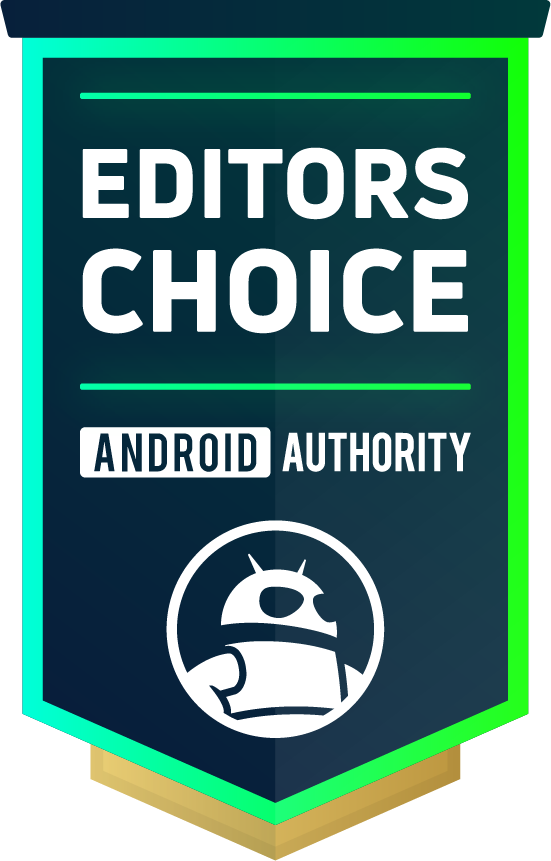


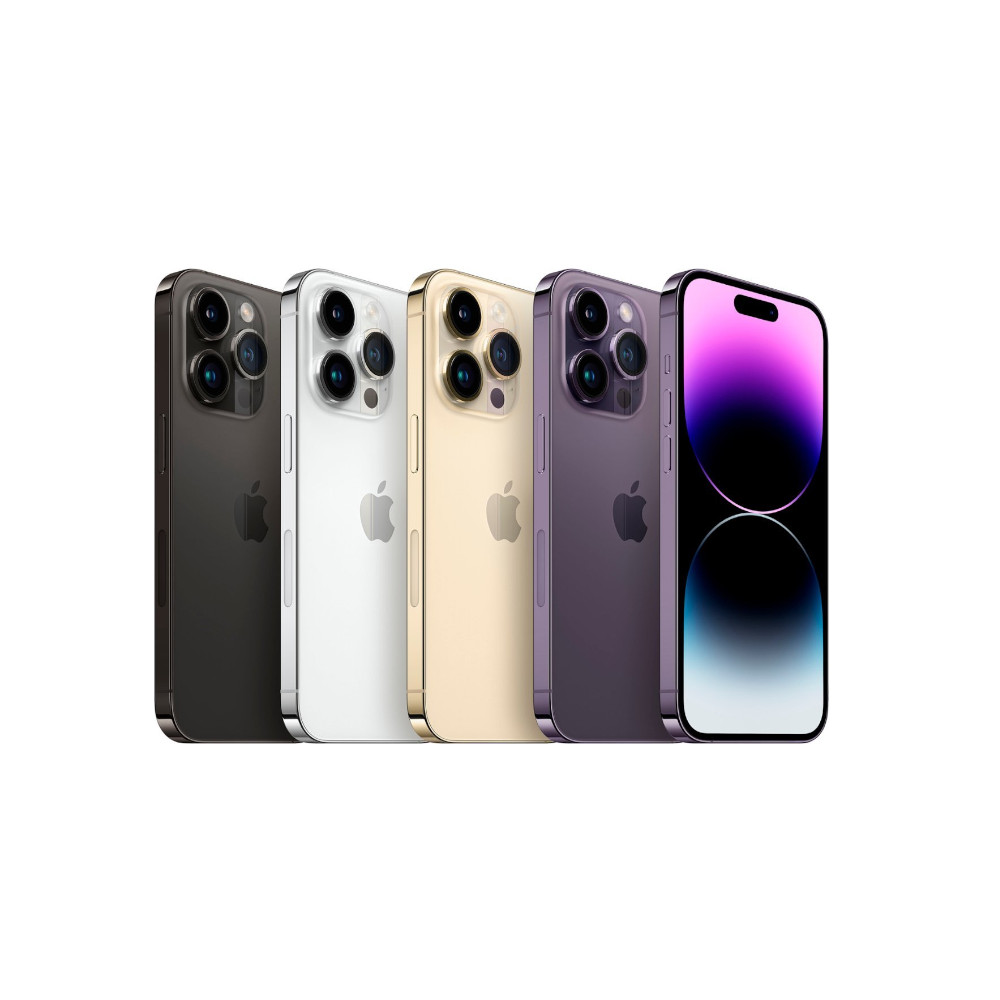

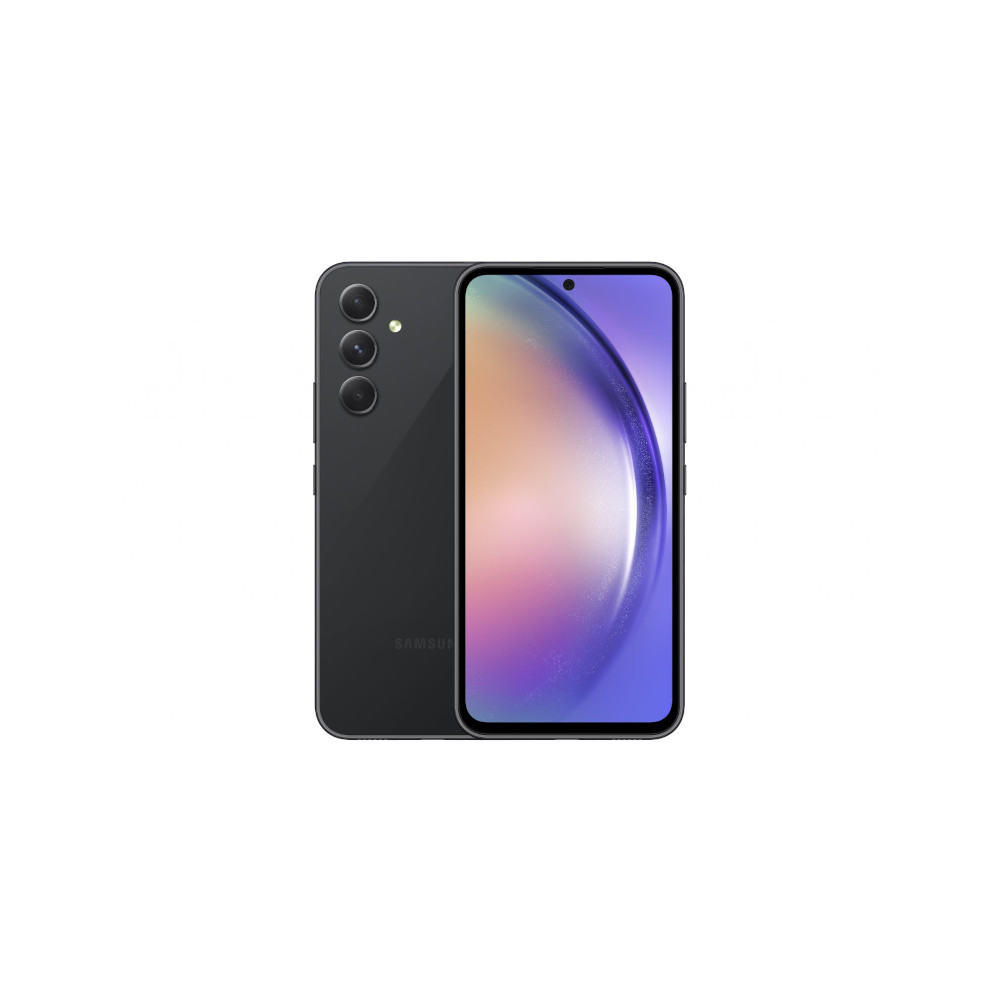
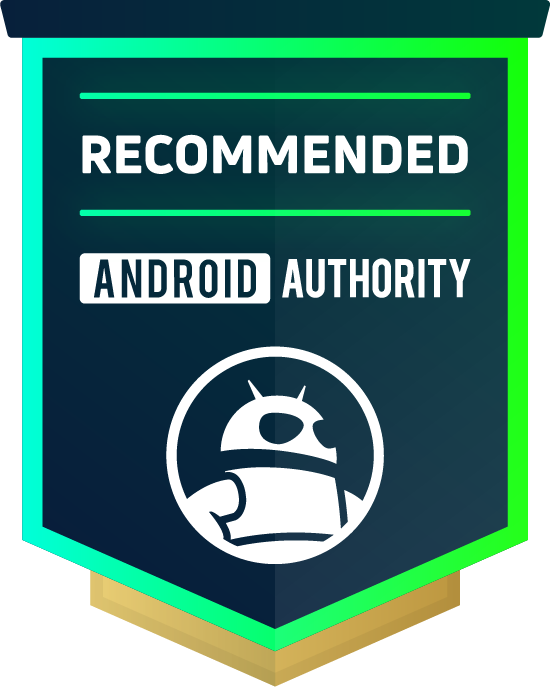

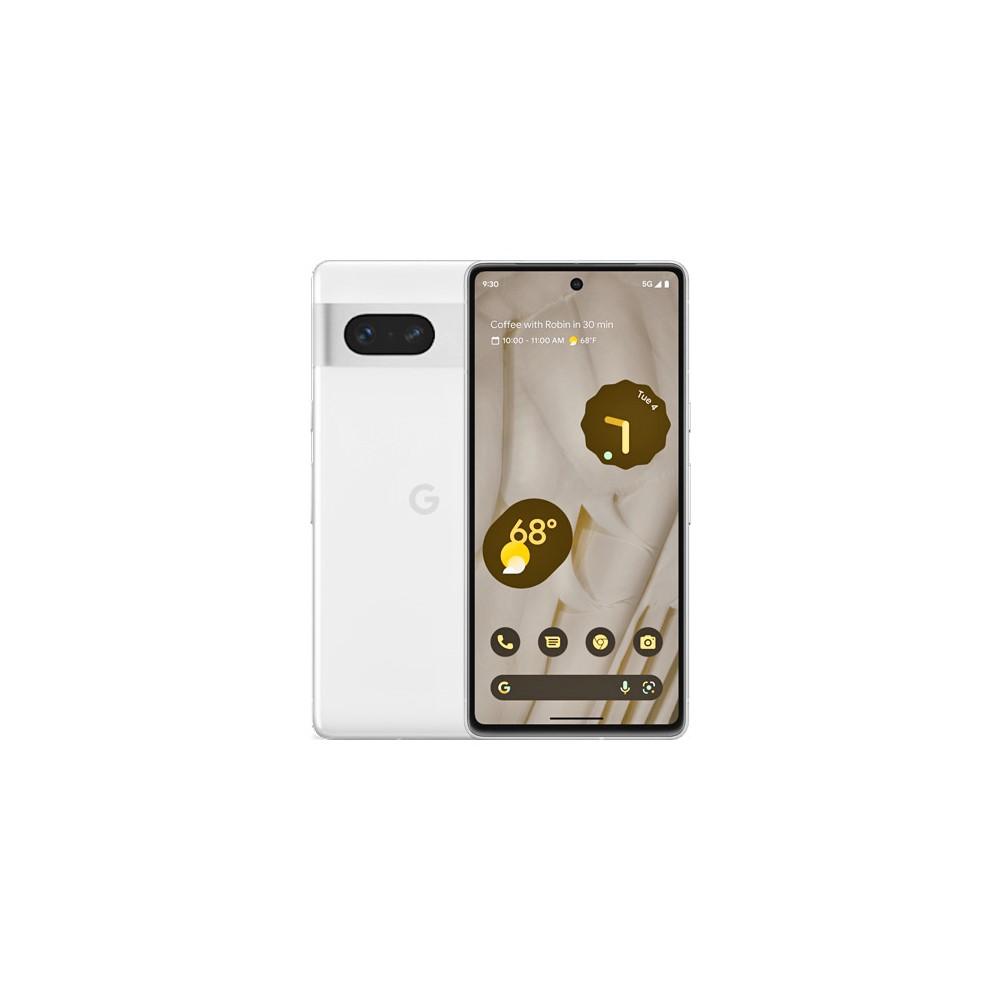

The switch from 3G to 4G was a big deal as it finally brought decent download speeds to mobile devices for the first time. The move to 5G isn’t quite as critical. It’s faster, but most of its benefits are aimed at the Internet of Things and improving connectivity between our devices. Still, now that 5G technology has been around for a few years, it’s making its way into more smartphones. In this guide, we help you find the best 5G phones, while also explaining what 5G is and whether you can benefit from it.
What is 5G, and do you even need it?
5G stands for fifth-generation network and is the successor to 4G LTE. At least for now, 4G LTE and 5G coexist, and that’s not likely to change anytime soon. 5G promises faster data speeds, latency as low as 12ms, and new use cases like smart city functionality, better compatibility with self-driving cars, and more. Honestly, a lot of 5G’s promise has yet to be realized. Even so, it’s definitely a step forward.
That said, objectively, no, you probably don’t need 5G. If you live in an area with good LTE speeds, the upgrade to 5G won’t be that massive. It’ll be faster and have lower ping times, but unless you have a truly unlimited plan with 4K video support, you won’t notice that much of a difference outside of big downloads.
Of course, there’s no reason you shouldn’t upgrade, even if the advantages are small. Early on, 5G was an extra perk that only a few phones supported, and most plans charged a premium to access the 5G network. Those days are largely behind us, and most mid-range and high-end smartphones now have 5G support baked right in.
As for carriers, even many prepaid options now support 5G. Just be aware that the rollout is still in progress, and you’ll typically only find 5G in more urban areas. For example, my small town doesn’t have 5G, but the next city over is big enough to access the 5G network. The good news is even if you buy a 5G phone, you’ll still get full access to 4G LTE technology, so you really have nothing to lose.
If you pick up a 5G phone, you’ll want to make sure it plays nicely with your network. For Verizon users, you’ll also want to ensure mmWave support if you live in a bigger city and want the fastest speeds possible. If you get a phone without mmWave, you’ll default to Verizon’s slower but wider-ranging nationwide 5G network instead. To learn more about the differences between the two different 5G standards, check out our guide that compares mmWave vs Sub 6.
Now that you know a bit more about what 5G is and what to expect, let’s take a look at the best 5G phones. Also, be sure to check out our guide to the best 5G phone plans.
The best 5G phone for most users is the Pixel 7
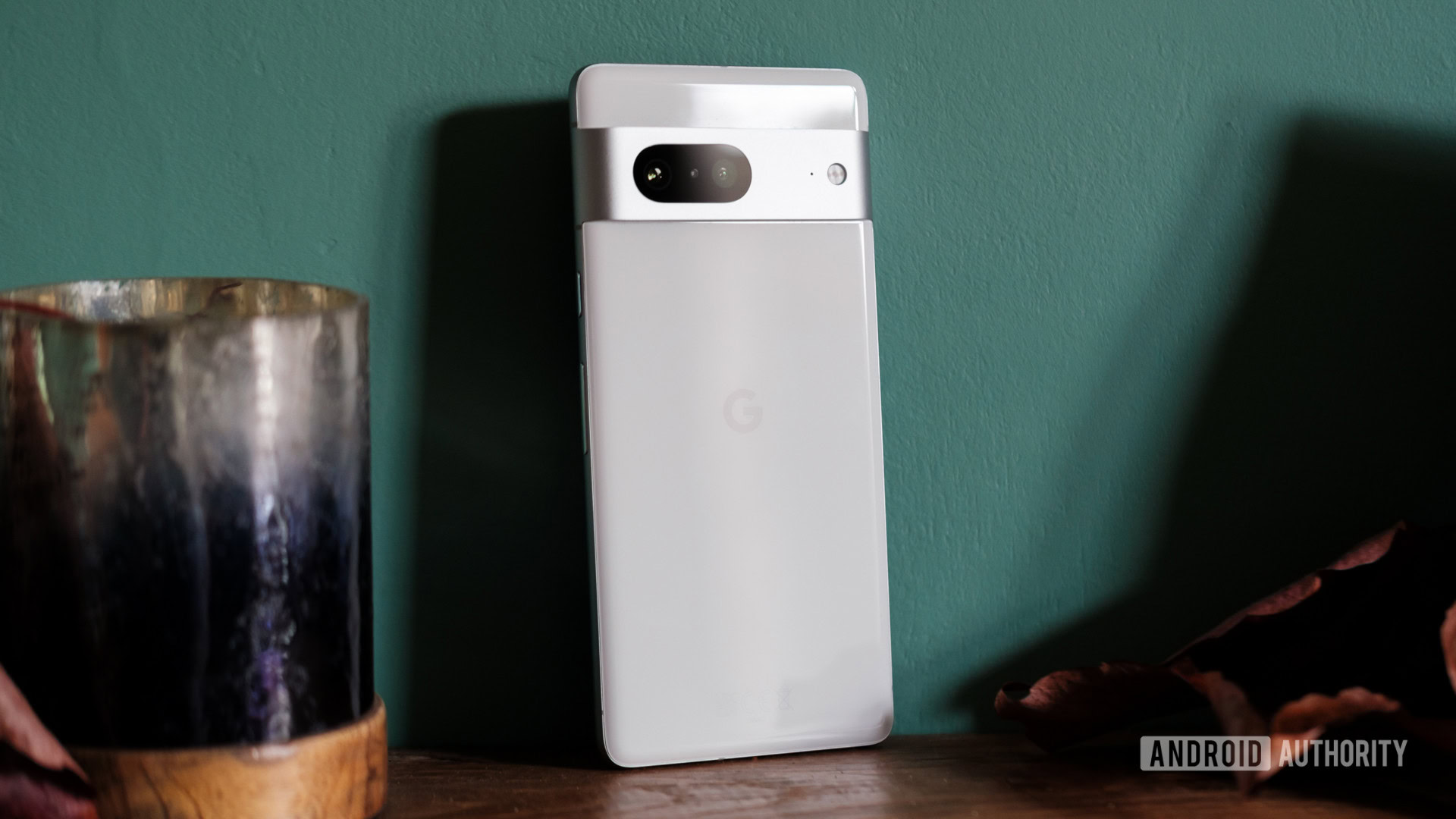
If you’re looking for a good 5G phone that handles everything well, the Pixel 7 is a good starting place. All unlocked models support 5G, but you’ll need to get the phone directly from AT&T or Verizon if you want to use it on a mmWave network.
So what makes the Pixel 7 great? The Google Pixel 7 is a unique device for a few reasons. First, it’s a flagship phone that has a price tag closer to a mid-range phone. In fact, it’s only $100 more than the Pixel 7a. Second, it focuses less on raw power and more on meaningful pushes to machine learning and AI. This is a phone that’s all about providing a great user experience in every aspect without adding unnecessary bells and whistles. It’s an approach that really pays off, as the Pixel 7 is the perfect combination of value and features.
The Pixel 7 also has one of the very best cameras available on a mobile device. Exposure, detail, and colors are excellent in almost every use case, though the phone can struggle a bit in extremely low light. Then again, what phone doesn’t? Probably the most glaring omission is a telephoto lens, which you’ll only get if you upgrade to a Pixel 7 Pro instead.
Behind the Pixel 7’s success is the Tensor G2. In our testing, we found it plenty powerful for day-to-day tasks, even if it admittedly doesn’t hold a candle to the latest Qualcomm silicon. As a Pixel 7 owner, I’ve had no issues with hiccups or performance, though the phone sometimes can get a bit hot. Battery life is also a bit of a mixed bag, though it can make it through a day with relative ease. Once the battery gets low, you can tap it off with either wired or wireless fast charging. Neither of these methods is as fast as you’ll find on Samsung or other high-end Android devices, but the 21W charger will still take you from zero to full in one hour and 41 minutes.
Design-wise the Pixel 7 isn’t much different from the Pixel 6, refining the camera bar and making a few other changes. It’s a design that can be a bit polarizing, but there’s no denying that Google’s design language stands out from the competition.


The best of the rest: 7 other cheap phones worth considering
Here’s the best of the rest:
Flagship:
- Galaxy S23 Plus
- iPhone 14 Pro Max
Value:
- Samsung Galaxy A54 5G
- Apple iPhone SE 2
- Google Pixel 7A
The Samsung Galaxy S23 Plus is a great choice for those who want a powerhouse
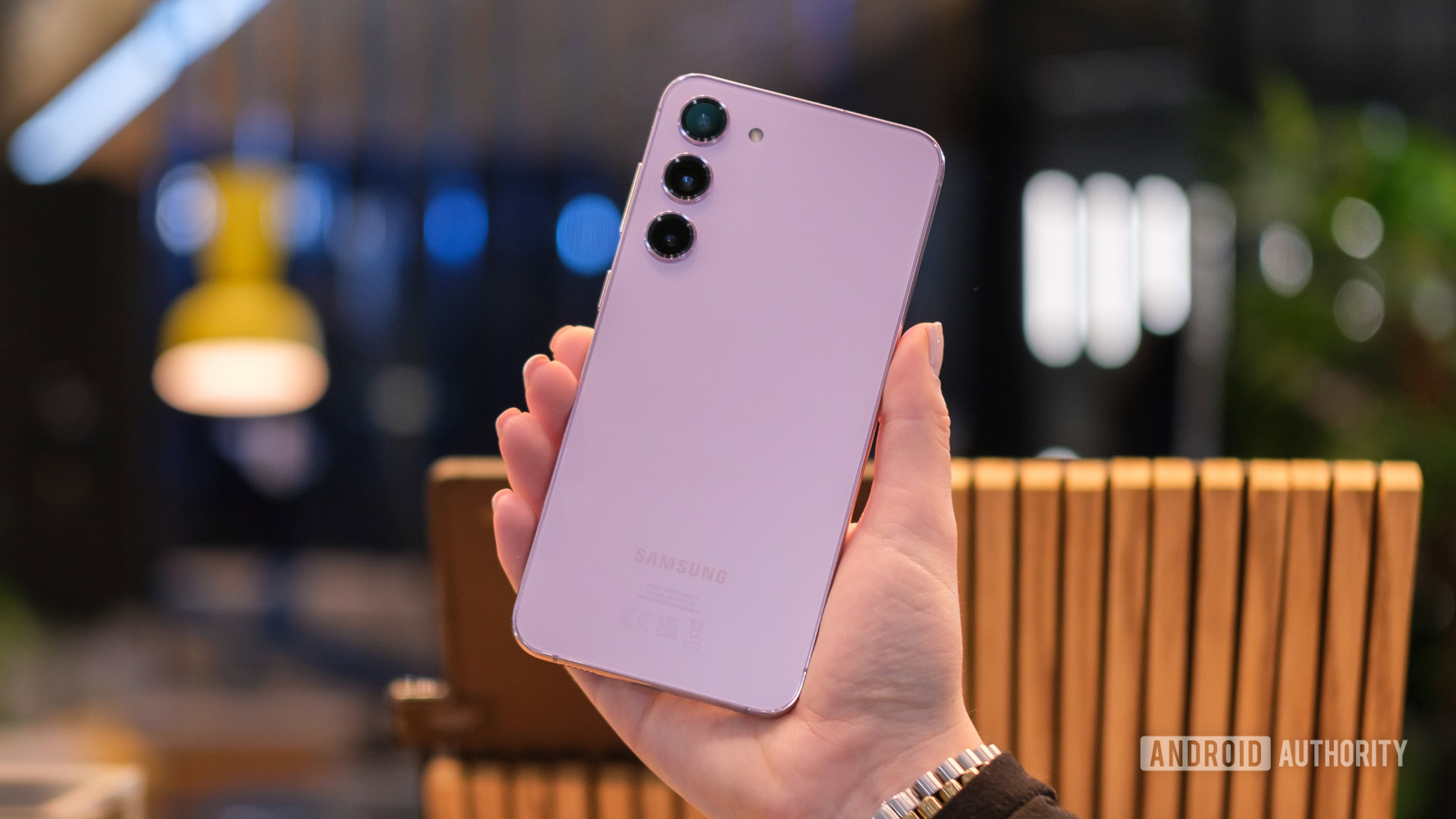
The Samsung Galaxy S23 family consists of multiple devices, but the Plus is a good middle ground for those that want a powerhouse but don’t want to spend a fortune. It’s not as flashy as the Galaxy S23 Ultra, but it comes very close while delivering a much better value. Unlike the Pixel 7, it also supports both sub-6 5G and mmWave right out of the box; no need to pick up a special variant.
The design continues what we liked about the S22 series, complete with a flat 6.6-inch AMOLED display. It’s easy to hold and has one of the best displays available in the mobile world. When it comes to performance, Samsung is hard to beat, thanks to the powerful Snapdragon 8 Gen 2 “for Galaxy” chipset variant, which features a slightly overclocked CPU and GPU. In our benchmarking tests, we confirmed the phone did perform slightly better than other Snapdragon 8 Gen 2 phones.
Battery life is also great with the S243 Plus, largely due to its beefy 4,700mAh battery. You’ll have no trouble making it through a whole day, and when it is time to charge, Samsung’s fast charging can bring the phone from zero to 100% in just an hour. It also supports wireless charging at 15W.
Though it is hard to top the Pixel family, the Galaxy S23 Plus still has a great camera. It has the same sensor as the S22 Plus, but Samsung’s processing is better than ever. We also appreciate the kitchen sink philosophy, as the camera software has tons of manual mode features and an Expert Raw mode that lets you process photos manually. That said, it didn’t get the upgraded 200MP main shooter found in the Galaxy S23 Ultra got this year, so it’s still not quite the best Samsung camera available. It’s a close second, though.
If you want tons of performance, a great camera, and excellent software support, there are a few phones that come close to the Galaxy S23 series. Speaking of software, you get five years of security updates and four years of Android version updates. That’s even better than what Google itself has to offer.


iPhone 14 Pro packs tons of power at a decent value, making it the best iPhone for most
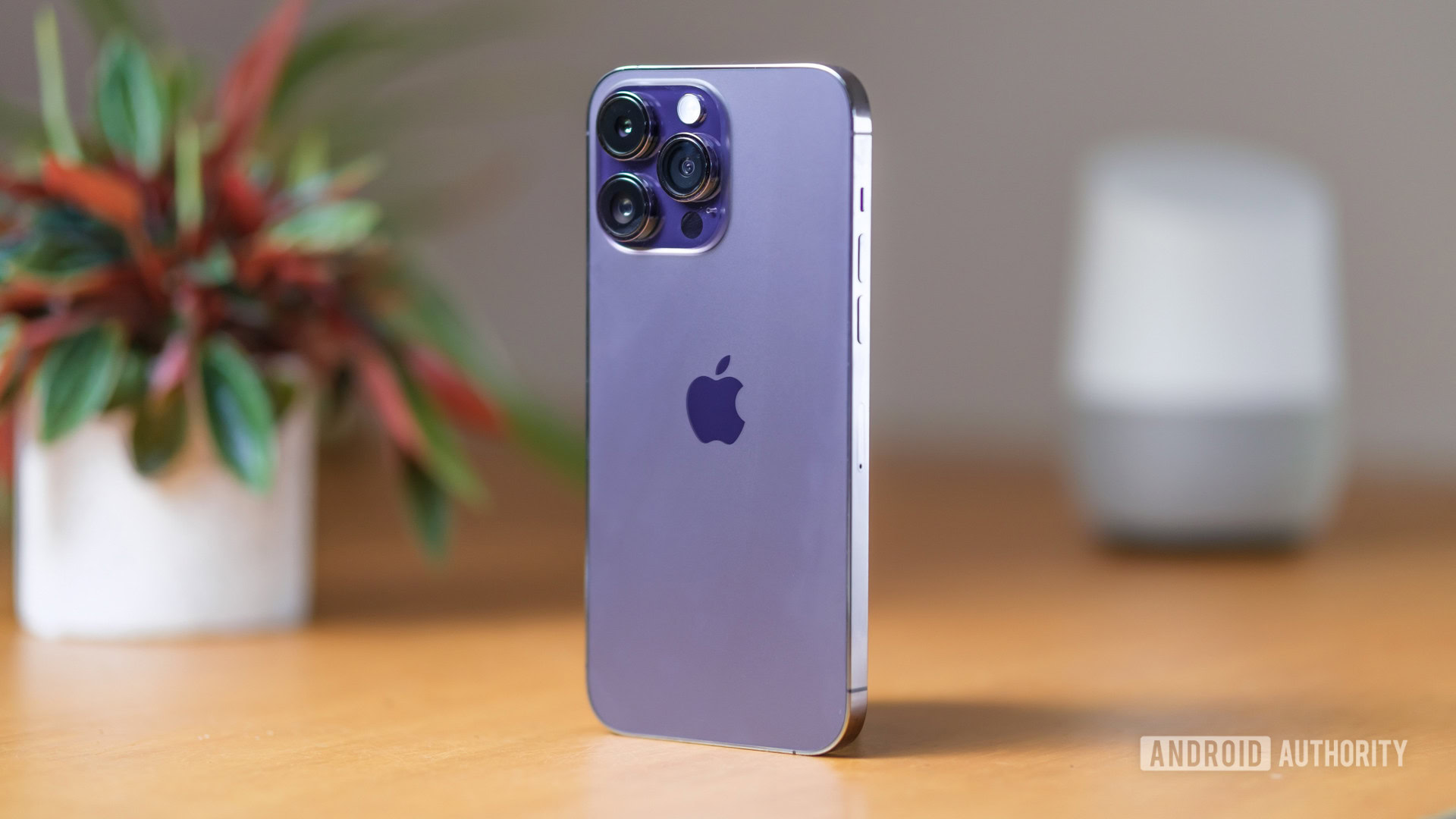
The iPhone 14 Pro is a great 5G phone, with mmwave and sub-6 support on all US versions of the device. Not only do you get solid 5G support, but you also get a ton of power under the hood. The phone is powered by Apple’s latest A16 Bionic chipset, with 6GB of RAM and up to 1TB of storage space. While 6GB might not sound like that much for a flagship, remember that iOS is more memory efficient and so it does more with less.
It’s not just a powerful phone; the iPhone 14 Pro also has some of the biggest camera upgrades to hit iOS in years. There’s a 48MP main sensor, backed by two 12MP cameras. This triple camera setup fares well against the best that Android offers, with excellent color recreation and a 6x optical zoom range. There’s even an upgraded self-camera with autofocus. All still photography looks great on the iPhone 14 Pro, but what about video? This is another area Apple handles well. In fact, it even offers a special Cinematic mode that adds digital bokeh and autofocus to the mix.
Apple tends to have solid battery life on its flagships, and the iPhone 14 Pro is no exception despite having a smaller battery than most of its competitors at just 3,200mAh. The phone can easily make it through a day in a half, especially if you turn off some extras like the always-on display. On the downside, Apple tends to have pretty slow charging. It takes about an hour and 20 minutes to charge, which is actually still faster than the Pixel 7. But it’s a long way off from what you’ll get with the Galaxy S23 series.


The Samsung Galaxy A54 5G is the best cheap phone for Samsung fans
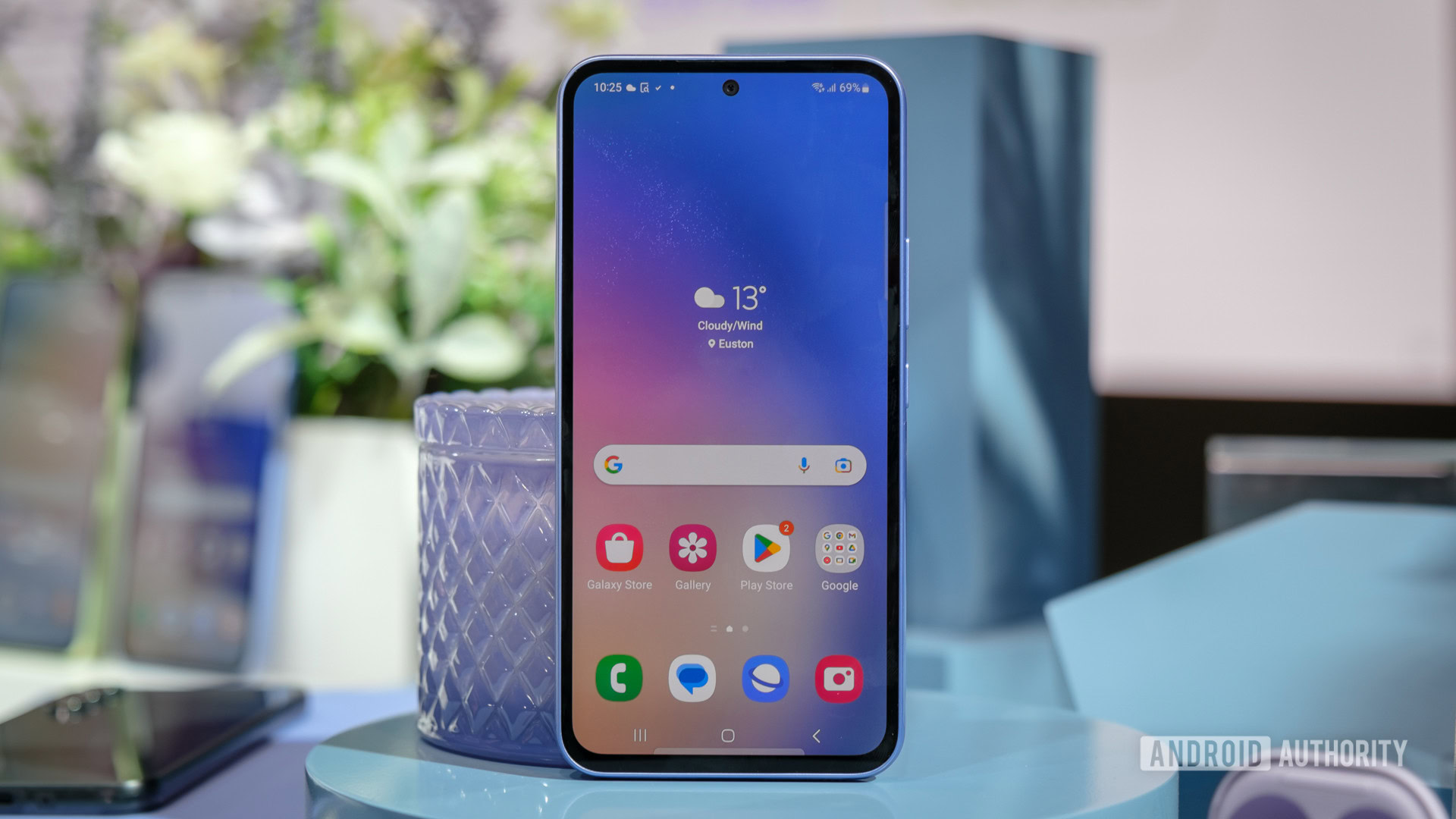
If you’re looking for an affordable 5G phone, the Samsung Galaxy A54 5G could be a perfect match. For $450, you get sub-6 5G support, though a $500 Verizon variant also exists that adds on mmWave technology for faster 5G performance. The A54 5G is powered by an Exynos 1380 backed by 6GB of RAM and either 128GB of storage in the US. There’s even microSD for expansion.
One of the best things about the Galaxy A54 5G is the design, which essentially mimics the looks and style of the Galaxy S23 series. Of course, it’s not exactly the same. The phone has a Gorilla Glass 5 finish on the front and back, but swaps the metal frame for one made of plastic. Display junkies will be happy to know that the A54 has one of the best displays on a midrange phone, complete with a smooth-scrolling 120Hz AMOLED panel that really impressed us during our tests.
As far as camera goes, the Pixel 6a and 7a still have the A54 5G beat, but it comes close. The camera took consistently good photos in our testing, largely thanks to a strong main shooter. The only downside is that the color profile is a bit oversaturated.
Battery life is also good on the A54 5G, averaging about a day and a half on a single charge during our week-long test period. There’s also 25W charging which can take the phone from zero to full in about 1 hour and 25 minutes.
Overall the Galaxy A54 is a solid mid-ranger but what really seals the deal is Samsung’s five-year commitment to security updates and four years of OS updates. It’s really hard to beat this, even in the flagship space, but there are even fewer phones that can compete here at this price tag.


The iPhone SE (2022) is the best budget phone from Apple
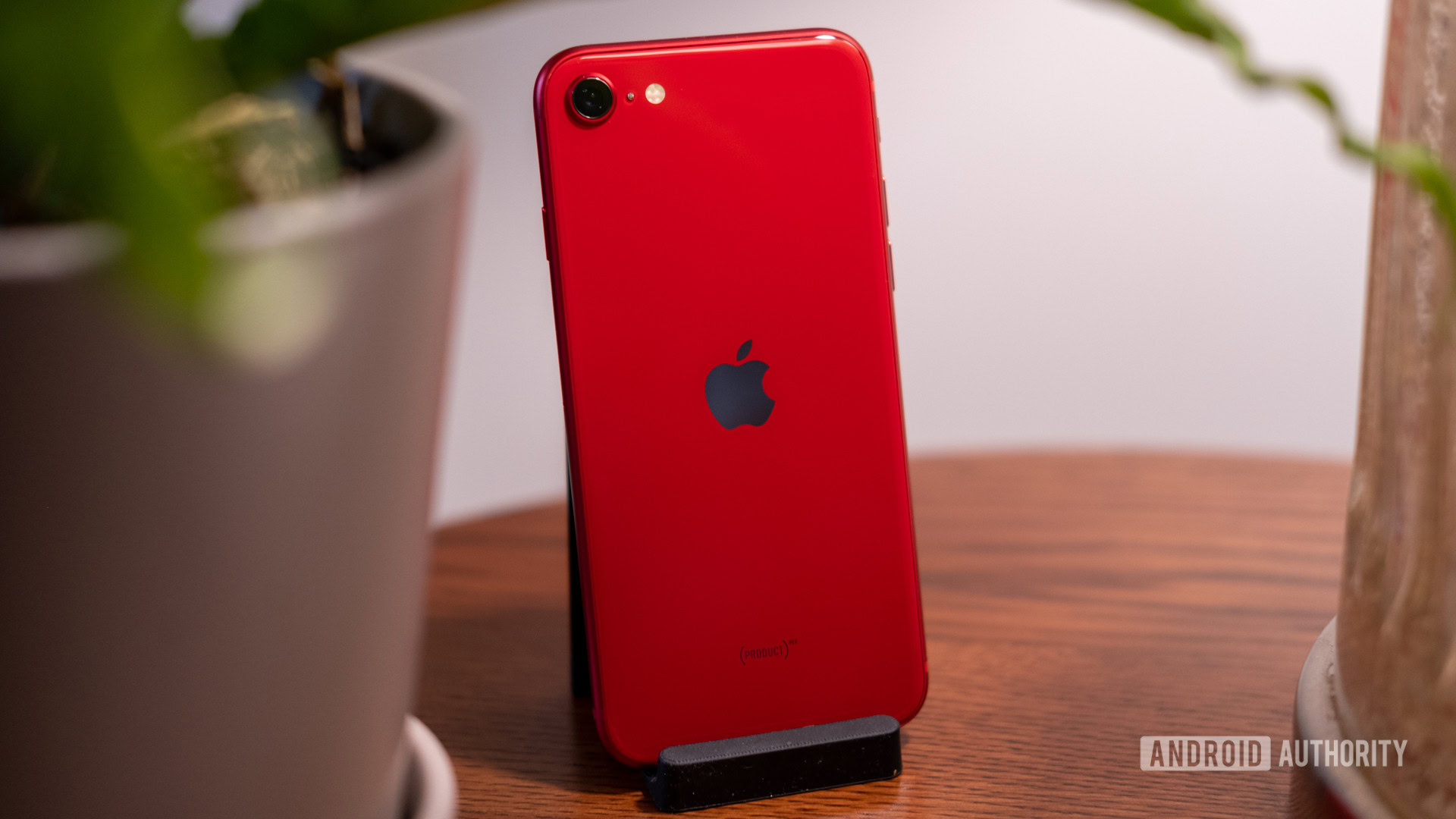
The iPhone SE (2022) is a bit of a weird one, essentially melding modern specs with a design that is over a half-decade old. It has the same A15 Bionic processor as the iPhone 14 and 14 Plus, and in our testing, it held up similarly to these more expensive Apple devices. It also supports 5G, but there’s no mmWave option. You’ll have to settle for sub-6.
The iPhone SE (2022) is a good phone if you want modern smartphone specs that can handle all the latest apps and games, but it’s not without some very real sacrifices. The 4.7-inch display might be perfect for those who still prefer compact devices, but it’s pretty darn small for the majority of users. It’ also has just 64GB of storage in the base model, though you can snag the 128GB version for $479.
Even the camera is a mixed bag. While it’s more than capable of taking basic photos, it struggles in low lighting and doesn’t hold a candle to what you’d typically expect from an Apple camera.
The iPhone SE (2022) isn’t the best budget choice, but it is a great starting point if you want a 5G iPhone without paying a premium. For everyone else? You’re probably better upgrading to a Pixel 7a or the Galaxy A54 5G for essentially the same price range. Or, you know, getting a higher-end iPhone for a bit more cash.

The Google Pixel 7a is the best camera phone if you’re on a budget
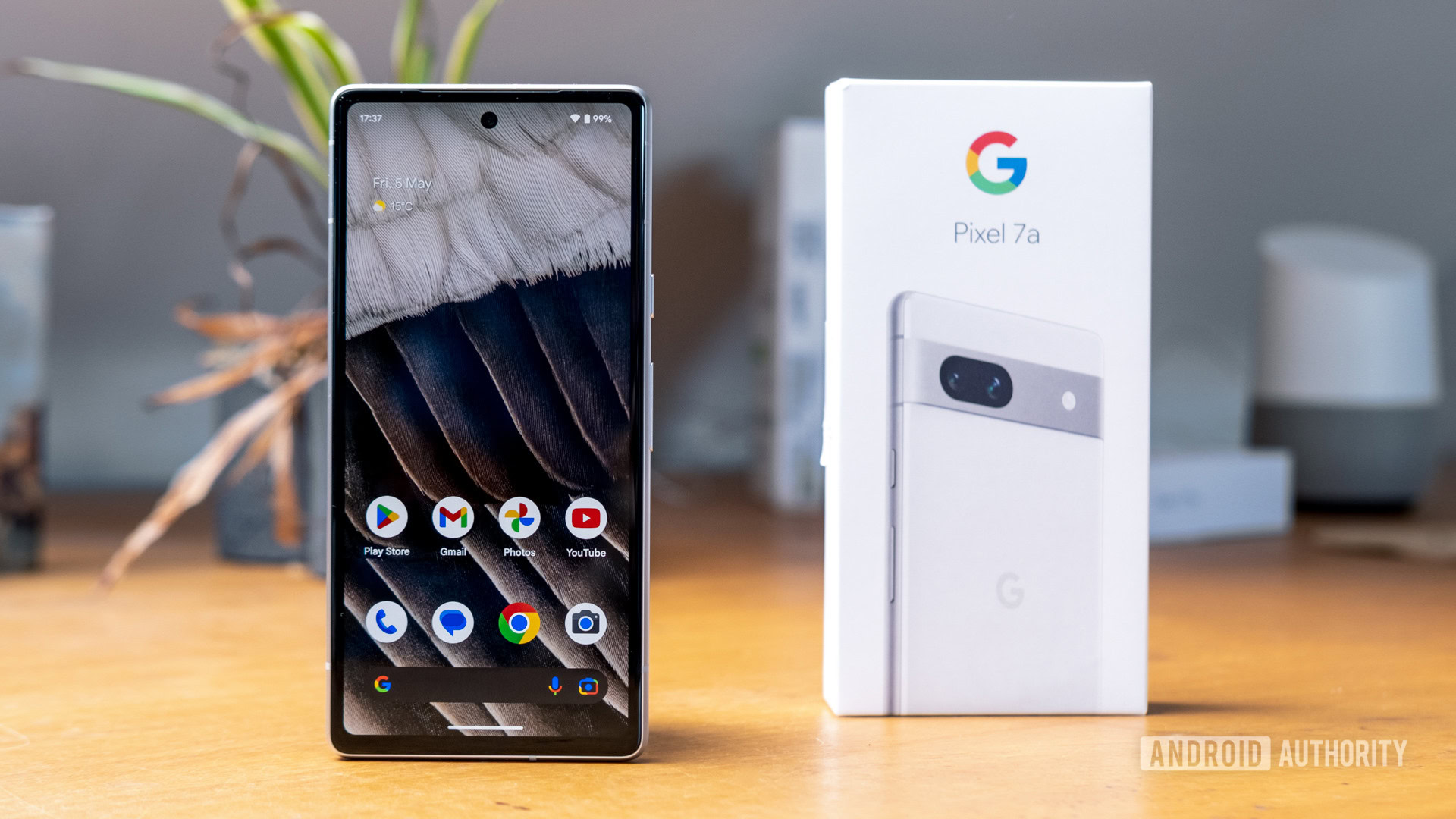
The Pixel 7a is one of our favorite budget devices, but be aware that the unlocked model only supports sub-6 5G. If you want the faster mmWave you’ll have to get it directly through a compatible carrier, which will set you back about $50 over the unlocked variant.
The Pixel 7a has the same Tensor G2 as the Pixel 7 and even the same 8GB of RAM. In our tests, we found it performed almost identically to the Pixel 7, though it has even worse heat management. It’s not a deal breaker, but just be aware the phone can get uncomfortably hot if you really push it to its limits.
While the Pixel 7a is very similar to its flagship brother, it obviously makes a few concessions. Its 6.1-inch OLED has a 90Hz refresh rate but it’s not nearly as good as you’ll find on the Pixel 7 or even the similarly priced Galaxy A54 5G. The design is also plastic, though it is pretty similar looking at a glance.
What makes the standard Pixel 7 so good is the camera, but what about the Pixel 7a? While the budget Pixel doesn’t have quite as good a camera, its main 64MP shooter and 13MP are still solid performers with good colors and white balance. Many of the core features are also still present, like Night Sight and Magic Eraser.
The biggest downside to the Pixel 7a is the battery life. We found it very hard to make it through a whole day’s use with the Pixel 7a, even with a few settings like the 90Hz refresh rate turned off. Charging also isn’t the fastest, as it’ll take a whole hour and 46 minutes to go from zero to full. There’s also wireless charging at 7.5W, but it’s pretty slow and really shouldn’t be relied on as your main charging method.
The Pixel 7a is a good budget phone for those that want to get in on the 5G action; just be aware it’s not without a few small sacrifices.


Are 5G phones safe?
We’ve seen several alleged 5G dangers in recent years, with one persistent claim being that 5G causes cancer. These claims have been doing the rounds with 2G, 3G, and 4G. Nevertheless, the evidence generally points to this not being the case.
Another popular conspiracy theory is that 5G is somehow responsible for the COVID-19 pandemic. Simply put, cellular radio waves don’t create viruses or weaken the immune system. So, please don’t burn down towers.
The 5G/coronavirus conspiracy theory also doesn’t hold water when the likes of India and Iran — two nations with loads of COVID-19 cases — don’t have 5G networks right now.
All signs point to 5G being safe or just as safe as 4G and other technologies. The internet is full of nonsense myths about 5G tech, a lot of which our very own Gary Sims debunked in a video you can check out above.
mmWave versus sub-6Ghz 5G phones: What’s the difference?
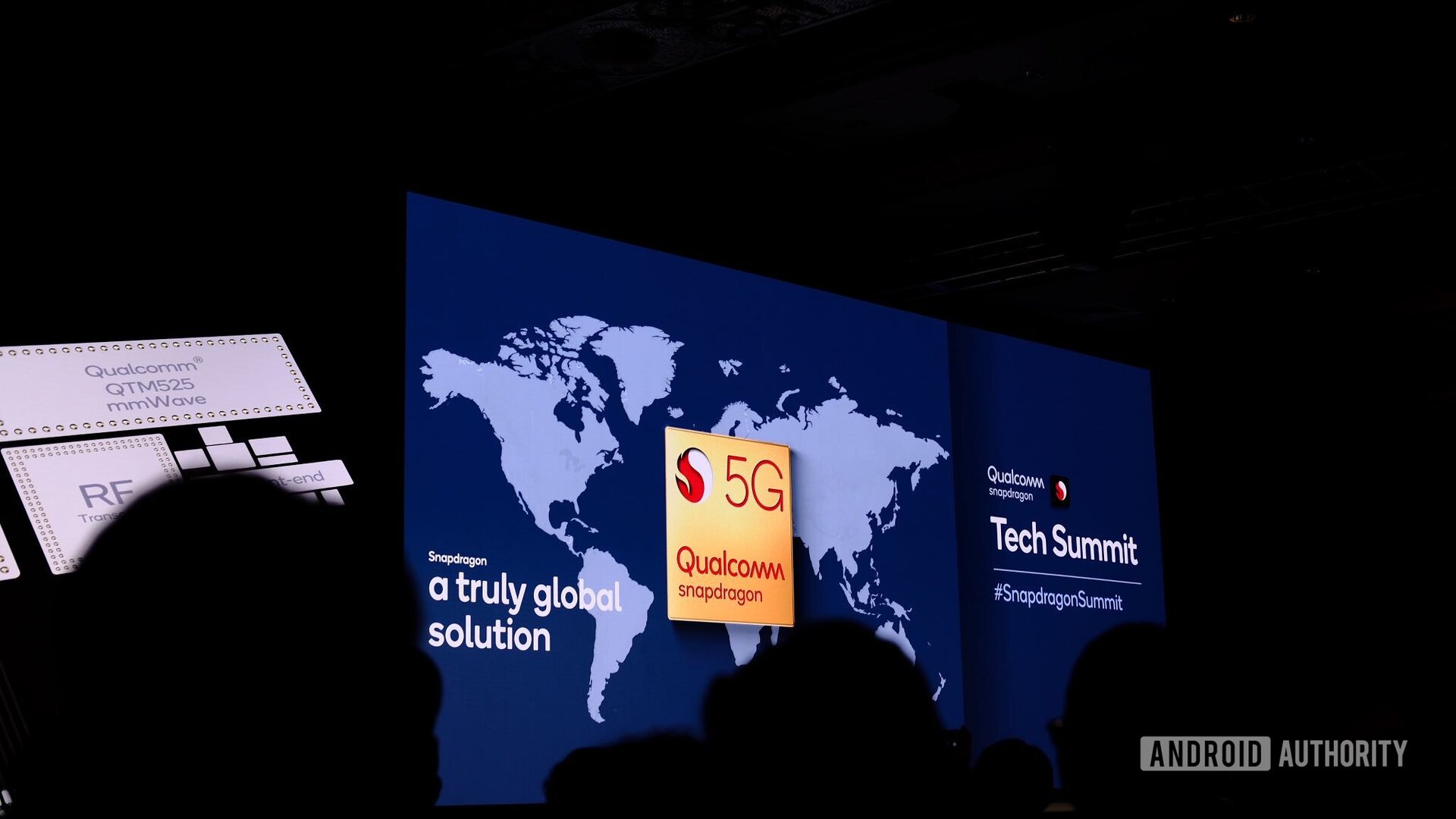
5G is divided into two standards, much like HSPA+ and LTE are two 4G standards. These two 5G standards are mmWave and sub-6GHz.
mmWave 5G is the faster of the two standards right now, with a 2021 OpenSignal survey noting that Verizon’s mmWave 5G network offers average download speeds of almost 700Mbps. But this standard is more unreliable than sub-6Ghz and legacy 4G, making it suitable for much smaller pockets of coverage.
Meanwhile, sub-6Ghz 5G isn’t much faster than gigabit LTE. In fact, the survey above showed speeds varying from 238Mbps by Korea’s LG U+ down to 47Mbps for T-Mobile in the US. Nevertheless, sub-6Ghz 5G offers blanket coverage much like legacy 4G tech, and you’re still benefiting from reduced network congestion and lower latency.
These are our picks for the best 5G phones you can buy now or will be able to soon, but plenty of other suitable devices didn’t make the cut. We’ll update this list with new models as soon as they launch. In the meantime, you should check out our list of the best cellphone plans to find the right 5G provider for your needs.
FAQ
If you have a 5G phone but it says LTE in the upper right corner, odds are you are in an area with limited or no 5G access. All 5G phones will default to LTE when a 5G network isn’t available.
If you purchased your phone in 2022 or later, odds are it has 5G unless it was an extremely budget-oriented model. On Android you can check if it supports 5G by going to Settings > Network and Internet > Mobile Network. If it supports 5G, you’ll see it lists itself as 2G/3G/4G/5Gg.
Certain networks use the term 5G UC to represent its fastest 5G speed, Ultra Capcitiy 5G. This is typically displayed if you’re either connected to mid-band or mmWave 5G.
No, unfortunately not. Your phone must be specifically designed with 5G in mind in order to connect to a 5G network. [/faq
Yes, all current 5G capable phones can use both 4G and 5G technology.
The e symbol is used to show you are on an Edge network, the slowest speeds possible. This can happen if you’re in a remote rural area or if your phone is having network issues.